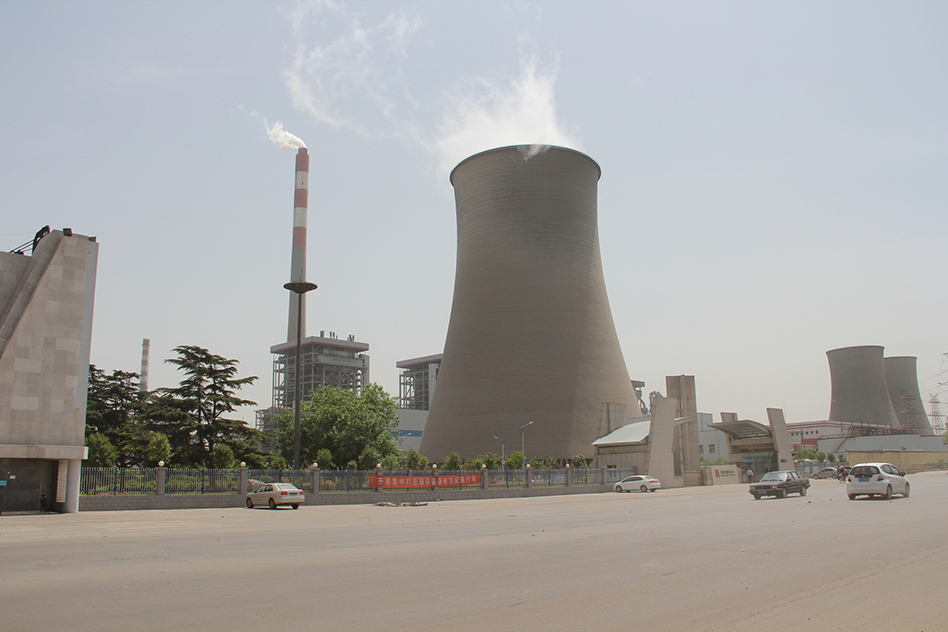
On Tuesday, December 19, China announced its plans to launch a national carbon emissions trading system that initially covers the nation's power sector, with the goal of incenting power companies to reduce carbon emissions.
Earlier this year, MIT Sloan School of Management Assistant Professor Valerie Karplus, a Joint Program-affiliated faculty member, contributed to a special issue on the subject in the journal Economics of Energy and Environmental Policy. Entitled China’s National Carbon Dioxide Emissions Trading System: Innovations, Issues and Challenges, the issue is based on a two-day workshop held in Palo Alto, California in January 2017 that was co-sponsored by the Stanford Environmental and Energy Policy Analysis Center and Resources for the Future and involved leading scholars from China, the U.S. and other countries. Karplus served as one of three managing editors of the special issue.
In one of the articles in the issue, Karplus and her co-author Prof. Xiliang Zhang discuss ways to ensure the system is implemented effectively by firms across China's diverse provinces. They point to the urgency of creating a strong legal foundation and standardizing emissions monitoring, reporting and verification procedures. A sustained commitment to the the ETS will be essential, they argue, to the credibility of efforts to evaluate and adapt the system to changing conditions over time. Other articles in the special issue focus on interactions between the ETS and electricity reform, the experience of China's seven regional emissions trading pilots, and other topics.
The article by Karplus and Zhang in the special issue builds on the work of the Tsinghua-MIT China Energy and Climate Project (CECP), which is focused on studying energy and climate change governance in China. A research alliance between the MIT Joint Program and the Institute for Energy, Environment and Economy at Tsinghua University in Beijing, China, it was officially launched in October 2011.
Photo: Coal-fired electric plant, Henan Province, China (Source: V.T. Polywoda)

